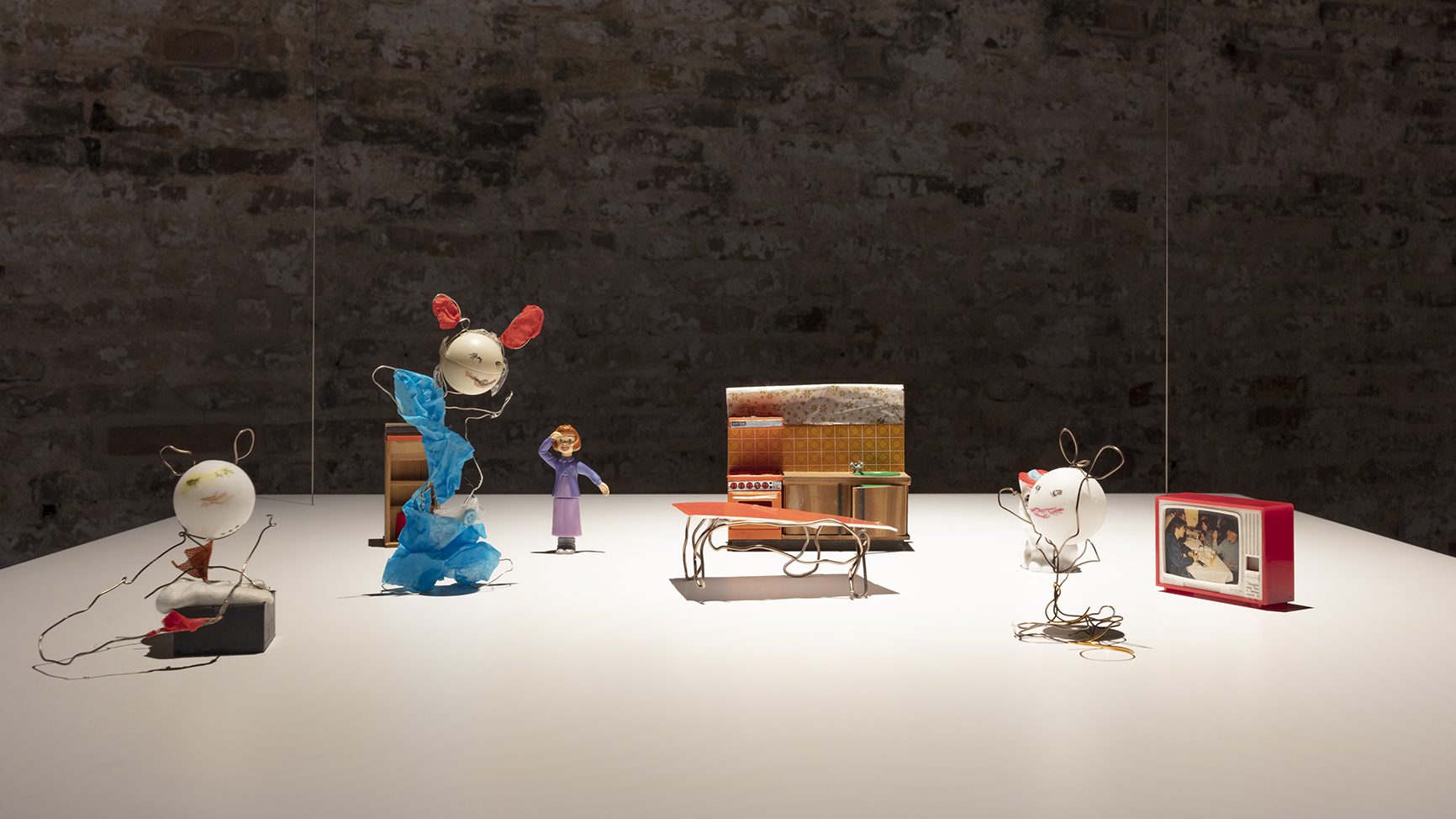The vineyards and lavender fields of the south of France would seem to have
very little in common with the rock and ice of the Norwegian fjords. Yet both
may well one day be as associated with wine-making as each other.
Norway is already producing wine. The BBC reported last month from Slinde Vineyard on the shores of Sognefjord, Norway’s longest and deepest fjord, where the sun reflects from the water onto the steep vine-covered hillsides and helps ripen the grapes. The vineyard is one of five producers just in the immediate area.
Clearly, it just shouldn’t be possible to make wine so far north, and the
prospect of Norwegian wine may provoke some serious existential angst
about climate change. One Norwegian musician has made both wine-making and existential angst his professional interests, and is now pursuing the latter through a startling new project.
In the past decade, viticulture has become Sigurd Wongraven’s business. While Cliff Richard is perhaps the most famous wine-making musician, with
his Algarve vineyard producing his Vida Nova wines, there the parallels cease – Wongraven is frontman of Satyricon, veterans of Oslo’s notorious
1990s black metal scene, associated with church burnings, suicide and murder and some of the most extreme music ever committed to tape.
Wongraven has swapped black metal’s distinctive ‘corpse paint’ black and white make-up for a business suit – metaphorically, anyway – and made
a huge splash in the world of wine. Wongraven Wines was launched in 2010, selling the musician’s own blends, made using Italian and German wines. The company logo is a satyr – Wongraven’s stage name, chosen as the satyr is “god of the woods, demon of nature, gifted musician – supposedly – half-demon/ half-man… decadent, hedonistic … all those things I could identify with,”, as he told Metal Hammer in 2017.
For Wongraven wine has been no mere commercial enterprise, and he sees many parallels between the wine-making business and making music, emphasising the importance of individuality, the single-minded pursuit of your own ideas, and not being led by what the market demands. He has said that “It starts from scratch – there is nothing there, then you have to build this musical empire… And you have to stay true to your musical vision”, and that he “composes” wines in the same way.
Even though Wongraven insists saleability is the last thing on his mind, his wine business has done spectacularly well. Last year the brand’s Morgenstern Riesling, made with grapes from the vineyards in the Pfalz
region of Germany and described as having “a floral bouquet combined with
ripe citrus fruit, stone fruits, green apples and a distinct minerality” became the bestselling wine in Norway. The year before that Wongraven in fact sold his 90% stake in the company to Norwegian wine and spirit giant Arcus for NOK 51.3 million (over £4 million).
But having cashed in – and after nine albums and 30 years, working with the only other permanent member of Satyricon, drummer Frost – Wongraven has not abandoned music. Last month a special exhibition of Edvard Munch’s works, focusing on existential themes in his work, opened at Oslo’s Munch Museum. Following on from a similar project in 2019 where Frost’s other band, 1349 (the year the Black Death devastated Norway), were commissioned to produce a song inspired by Munch’s painting Dødskamp (Death struggle), the works are accompanied by music specially composed and performed by Satyricon. The compositions get their digital release this week.
The original connection between Munch and Satyricon was the band’s 2017 album Deep Calleth Upon Deep, which used a 1899 lithograph depicting a woman and skull, held by the Munch Museum, for its cover art. Wongraven has praised this work, titled The Kiss of Death, for its “homemade” feel, remarking, “What I like about how death is expressed here, is that it is broken, unfinished and crooked”, adding, in what could very well be a manifesto for black metal, “What might be morbid, unpleasant, and perhaps even frightening to others doesn’t feel that way to me”. The lithograph is featured in the exhibition along with many other works that are indeed “morbid”, from Anxiety (a variation on The Scream), Munch’s oil painting of a
flame-haired vampiress bearing down on a man’s neck, and the woodcut of a
writhing figure Blossom of Pain.
Satyricon can be expected to provide an ideal soundtrack to such works, and if Norwegian wine is a surprising fifth horseman of the apocalypse, Wongraven is the man to be its troubadour. On controversial 1999 album Rebel Extravaganza, Satyricon explored the apocalyptic at length, while the classic The Dawn of the New Age from the seminal Nemesis Divina, opens with Wongraven growling “This is Armageddon!” before giving a rendition of Revelation, chapter 6. In Wongraven, three parts of Norway’s cultural heritage – wine, Munch and black metal – all of them frightening in their own way yet nevertheless promoted with vigour by the tourist board, have an engaging champion.
SATYRICON in five songs
Taakeslottet (1994)
Castle in the Fog closed Satyricon’s debut album Dark Medieval Times from 1994 – the year fellow Norwegian black metal acts Mayhem, Emperor, Burzum, Darkthrone and Gorgoroth released classic albums and two musicians from the scene were convicted of murder.
Mother North (1996)
The standout track from classic album Nemesis Divina, this sombre song
references the paganism and ethno-nationalism that the Norwegian black
metal scene flirted with.
Tied in Bronze Chains (1999)
Marking a turn away from the classic black metal sound and incorporating
industrial elements, fourth album Rebel Extravaganza opened with this nearly 11-minute-long track.
K.I.N.G (2006)
This track combined the blast beats and sinister riffs essential to black metal with a catchy groove and diabolical imagery (“Bloodshot eyes, metal skin/Serpent’s tongue, dagger claws/Dragon wings, crooked horns”).
The Infinity of Time and Space (2013)
The more sedate heavy metal elements of this track demonstrate why the eponymous album it came from was the first by Satyricon to top the Norwegian album chart.




